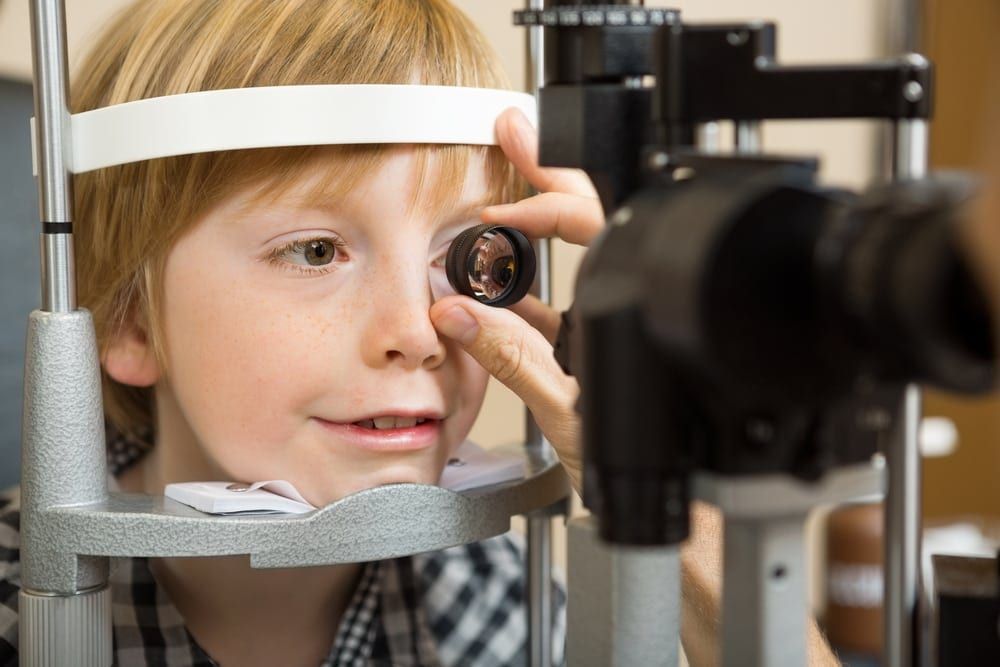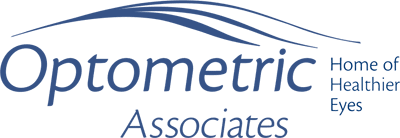Children’s vision care should begin at birth and continue throughout childhood at regular intervals. At birth, babies do not have a fully developed visual system. Birth history, including prematurity and a low APGAR score is an early warning that a child may be at risk for visual issues. A family history of amblyopia, or “lazy eye” is very important, since many of these issues are genetic in nature.
Did you know…
It takes a full year for the visual system to reach full maturity after birth. Without a clear retinal image, the retinal will never develop properly. This can inhibit depth perception as well as visual potential.
An estimated one in every four children suffers from some kind of vision problem.
Often these problems go undetected throughout childhood. This stems from screenings that are not capable of detecting certain vision issues, and children not being able to vocalize what they are not seeing.
In fact, it is estimated that as many as 11 percent of all U.S. teenagers have visual problems/inefficiencies that have not been diagnosed or treated.
With our increasing use of electronic devices and higher rates of reading at younger ages, many studies have shown increasing rates of nearsightedness children. Our future generations cannot afford to go without proper eye care.
Frequently Asked Questions
Should I have my child’s eyes examined?
Yes. Your child’s first eye exam should occur before he/ she turns 12 months of age. If their first assessment is normal; then the next exam can come around 3 years of age and again just prior to entering Kindergarten.
However, you know your child best. If you detect changes in behavior such as squinting, frequent blinking, or eye misalignment, be sure to schedule an appointment for your child to be evaluated.
What should I expect during my child’s eye examination?
At the Home of Healthier eyes we love kids and try to make the first exam fun for them, and informative for parents. We use kid-friendly eye charts and toys to gain their attention. When it comes to the retinal exam, we do recommend dilation at the first appointment. We have a very effective “eye mist” that gets the job done without tears. However, do expect that your child’s first exam may take longer, so budget for at least an hour in the office.
What should I be doing between examinations to protect my child’s eyes?
Make sure that you communicate with your child’s teachers to verify that school performance or behavior does not seem to be related to your child’s vision. Have them report on any signs of fatigue at the end of the day or avoidance of near activity during class activity.
With rapid growth, vision in a child can change sometimes in as little as 6 months. We are here for you and your kids should you need us.



